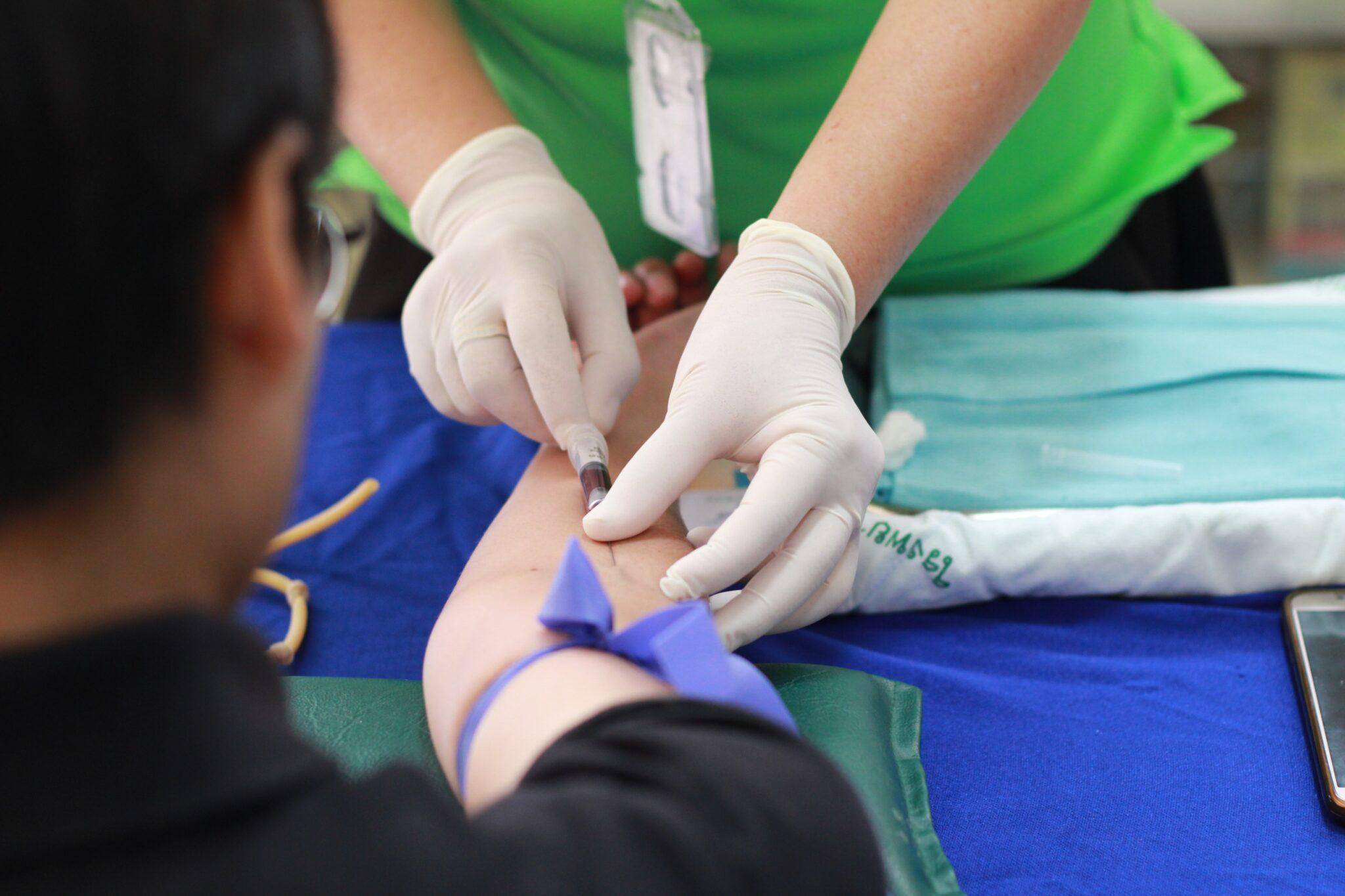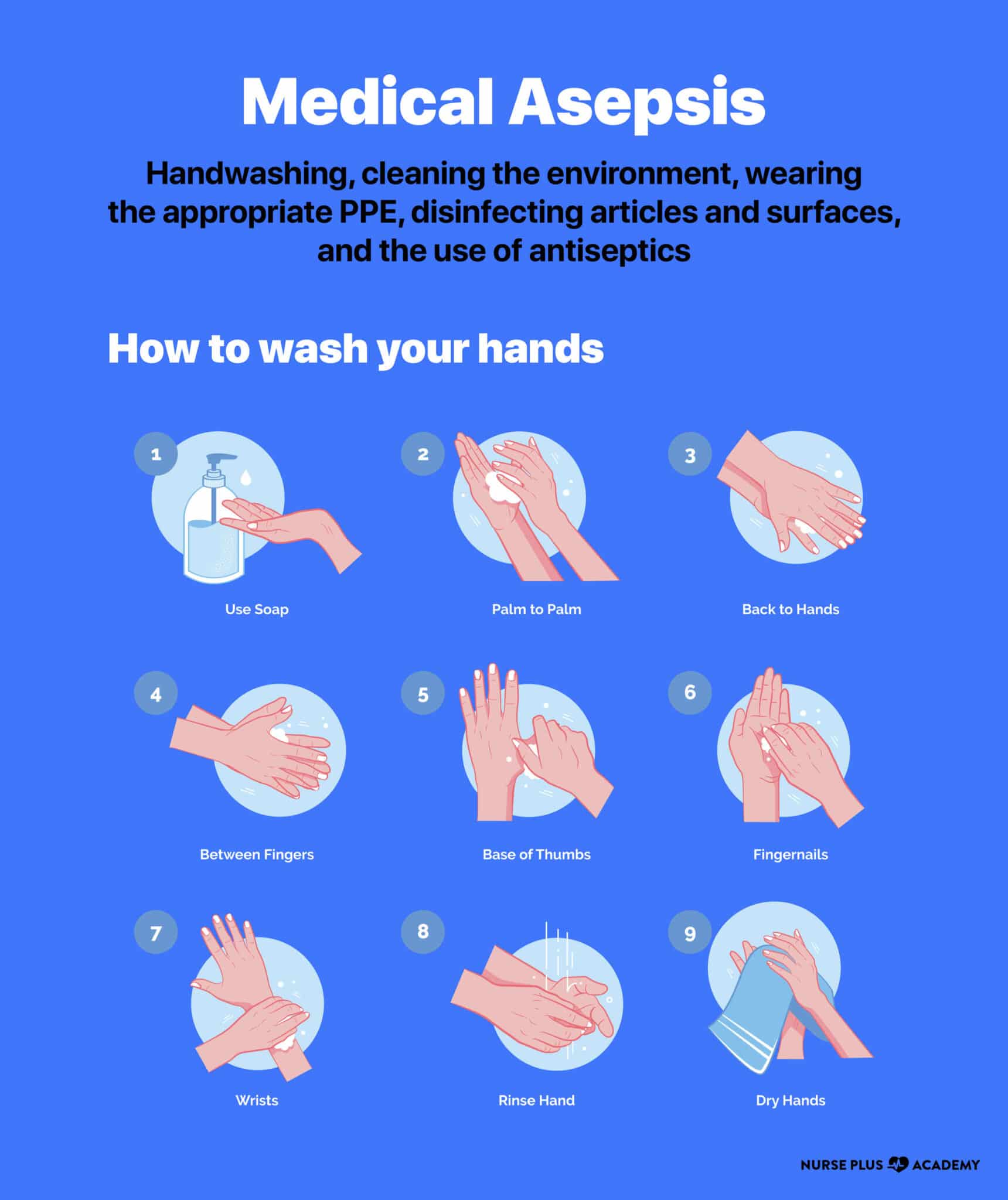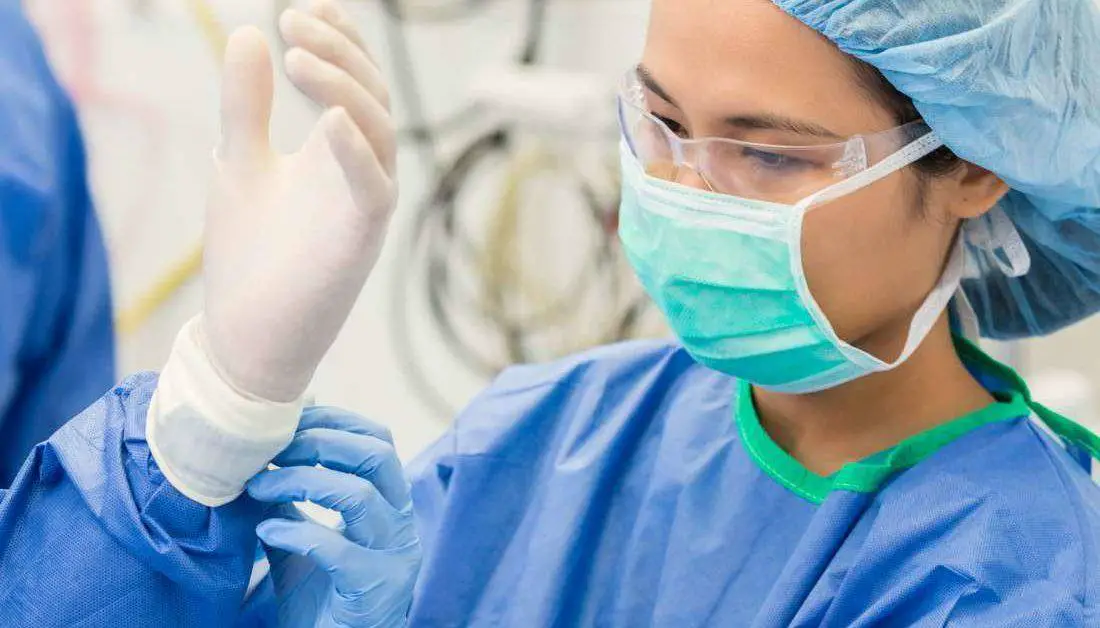Table of Contents
Aseptic Techniques At Home- Everything You Need Know
Can we use the aseptic techniques at home? This simple question needs a lot of information before proceeding further like what exactly is aseptic technique and how it can be done?
Aseptic or asepsis simply means the absence of germs like a virus, bacteria, fungi, or some other microorganisms that cause diseases. Many healthcare experts and doctors prefer using aseptic techniques to prevent the growth of microorganisms in infected areas or wounds. This helps to prevent any further infection.
Using aseptic techniques is mainly a standard healthcare practice that has helped to prevent and transferring of infection or germs to open wound and other areas in the body which are susceptible to infections. Another type of technique used other than aseptic is the clean technique. You will learn the difference between both these techniques and the aseptic technique at home.
Benefits Of Using Aseptic Technique

Our body has certain defense mechanisms to tackle all sorts of diseases inside and outside the body. Among all defense mechanisms, skin is the first one that prevents germs from entering anyhow. As soon as the is a wound or cut on the skin, a person becomes more vulnerable for bacterias and aerial germs to enter inside. This is regardless of injuries or incisions performed by surgeons. This is the time when you need to take care of your skin the most.
Aseptic techniques are designed to help you prevent any HCAIs (healthcare-associated infections). Usually, HCAI infections are those that can be acquired after going through surgery or some other treatment that involves an incision on the skin.
As per a report given by the Centers for diseases control or prevention or CDC, one person out of 31 hospitals has shown a case of HCAI.
Some of the most common HCAIs are:
- Ventilator-associated pneumonia
- Surgical site infection
- Clostridium difficile infection
- Catheter-associated urinary tract infection
- Central line-associated bloodstream infection.
These infections are a matter of concern in the healthcare community. These can lead to causing severe complications in health for the infected individuals and disciplinary actions or consequences for the medical team also.
In addition to that, HCAIs also have a significant role to play causing economic impact. As per reports given by the center of disease dynamics, policy, and economy, the 5 most common HCAIs given above cost the United States around 9.8 billion dollars a year.
Aseptic techniques at home can vary and they range from simple practices such as utilizing alcohol for sterilizing the skin to entire surgical asepsis. Surgical asepsis usually involves sterile gloves, masks, and gowns.
Healthcare experts often use these aseptic techniques to prevent the spread of any infection by dangerous germs. Usually, aseptic techniques are used by healthcare experts when they are:
- Performing any surgical procedure that involves risk of infection.
- Performing biopsies
- Dressing any surgical wound or burns.
- Suturing wounds.
- Inserting urinary catheters, intravenous line, chest tube, wound train, etc.
- Administering injection.
- Delivering babies.
- Using instruments to conduct a vaginal examination
You might have also heard about the clean technique. What is the difference between both? Let’s find out.
Clean Technique VS. Aseptic Technique

These two techniques are quite related to each other in healthcare practices and the aim of both these techniques is to keep you safe from acquiring infection. Basically, the aim of using the aseptic technique at home or in hospitals is to eliminate the risk of germs which may cause diseases by microorganisms. Whereas the clean technique works on reducing the number of small microorganisms in general.
Usually, in the healthcare community, the doctors and professionals learn both the techniques are used when required in different ways. Aseptic technique is used by them while they are performing surgery or inserting any foreign object like a catheter inside a person’s body.
For long-term care, they prefer using clean techniques. When the patient is under home care and in some outpatient clinical settings, a clean technique is used more. People who are at greater risk to receive any infection often use the clean technique, for example, it may be used when there is a wound that needs to be dressed during the healing process. In such situations, there is a higher risk of getting infected by microorganisms and germs.
Few examples of clean techniques include washing hands, wearing gloves, and developing a clean environment or workspace to stop the spread and maintain germ-free surroundings.
The clean technique basically used non-touch practices. Such practices are generally made to prevent healthcare involved people prevent touching any object that are key parts in treating wounds like syringe tips, sterile dressings, etc. This is practiced even after wearing gloves.
Healthcare experts define clean technique as an improved or modified version of general aseptic techniques at home and in the professional work arena. Once you start maintaining a clean environment, it will automatically help in achieving asepsis.
Aseptic Techniques At Home- Types

People who work in healthcare settings and hospitals use an aseptic technique very commonly. Do not confuse aseptic technique to be same as surgical asepsis. That is also called sterile technique and refers to a set of practices involved in controlling infection which is important to be used in operating rooms in hospitals and wards.
There are different aspects when it comes to aseptic technique practices, these are:
- Contact guidelines
- Patient and equipment preparations
- Environmental controls
- Barriers
Let’s see what are each of these when using aseptic techniques at home.
Barriers
Barriers are used for the prevention of the transfer of germs between the patients, environment, and healthcare professionals. These barriers include the following:
- Sterile gowns
- Sterile gloves
- Sterile masks
- Sterile drapes
- Protective wrappers present on sterilized instruments.
Patient And Equipment Preparation
Healthcare professionals are supposed to prepare thoroughly the patient and all the equipment to be used before carrying out any surgical or medical procedures.
Aseptic preparation involves the following:
- Disinfection of the patient’s skin by using antiseptic wipes to wipe off any germs.
- Sterilizing all the equipment and instruments before carrying out the process.
- Keeping all the instruments that have been sterilized inside of a plastic wrapper to prevent any sort of contamination before using them.
Environmental Controls
Aseptic techniques at home are good, but you should know what the healthcare experts go through and perform to maintain a clean environment so that you can do the same to maintain aseptic techniques at home.
Healthcare experts also take into consideration the patient’s immediate environment which points to their surroundings. It is very important to maintain aseptic techniques at home and hospital before carrying out any operation or surgery. This designated procedural area involved is also called the aseptic field in the medical community.
To maintain an aseptic field, one must do the following:
- Keep all the doors closed
- Minimize any movement from outside and inside the aseptic field.
- Limiting the people that enter inside the field to personnel involved only.
- Permitting the dressing or procedure of only one patient at a time.
Contact Guidelines
Once the healthcare exerts wash their hands and done the sterile barriers, they are also supposed to follow sterile-to-sterile guidelines. Using these guidelines one may prohibit any sort of contact between nonsterile and sterile items.
At this stage, the healthcare professionals can only keep their hands on sterile objects and surfaces. They are supposed to avoid touching nonsterile surfaces and items at all costs.
These guidelines also apply to sterile devices. By chance, if a sterile object falls on the ground and their wrapper gets any damage, the instrument present inside of it must be sterilized again before using them to perform any dressing, surgery, or incision on the patient.
How Can You Use Aseptic Technique At Home
One needs a lot of training to execute proper aseptic techniques at home. Healthcare experts and professionals usually take a lot of time learning these things as they are highly important. Having anything wrong happens or showing carelessness can lead them to disciplinary actions that can cost a lot. If you are allowing yourself to learn aseptic techniques at home, it is of utmost importance that you get your training completed by a professional and ask them to demonstrate everything in detail.
Any person planning on learning aseptic techniques at home must have some important equipment like a special dressing kit that involves sterile gloves and plastic wrappers to keep all the equipment.
Clean technique is a modified form or version of the aseptic technique, if you cannot invest your time and money on professionals to learn the aseptic technique at home right now, you can also learn clean techniques that are much easier to achieve while learning at home.
These techniques just require washing your hands using a handwash or applying a sanitizer thoroughly, wearing sterile gloves or germ-free gloves, maintaining a germ-free and clean environment, etc. These conditions are very common and anyone can practice them without guidance from experts.
The Bottom Line
You have learned what aseptic techniques are and what to do if you want to learn aseptic techniques at home. This is a standard form of healthcare practice that is often used in the healthcare environment to eliminate the transfer and prevention of germs.
Proper use of aseptic techniques at home and in healthcare is to prevent HCAIs from happening. This is a significant concern in most healthcare departments that can lead to some severe consequences to both the healthcare department and the patients involved.
You can always use clean techniques instead of aseptic techniques at home because they are easier to learn and practice at home. It also limits the germ number in the vicinity of patients which will eventually stop the infection and risk of the infection becoming fatal.
Also, the clean technique is much efficient than the aseptic technique at home because it does not require you to use sterile equipment and instruments. however, the only aim of both techniques is to help the patient achieve early recovery and stop the spread.
Feel free to learn any of these techniques. Make sure you are reaching out to a professional while learning aseptic techniques at home because in absence of a great instructor or demonstrators you might perform some steps in the wrong way or have confusion while using sterile and nonsterile objects. This can lead to some serious complications so it is highly suggested to take your time while practicing professionally.


